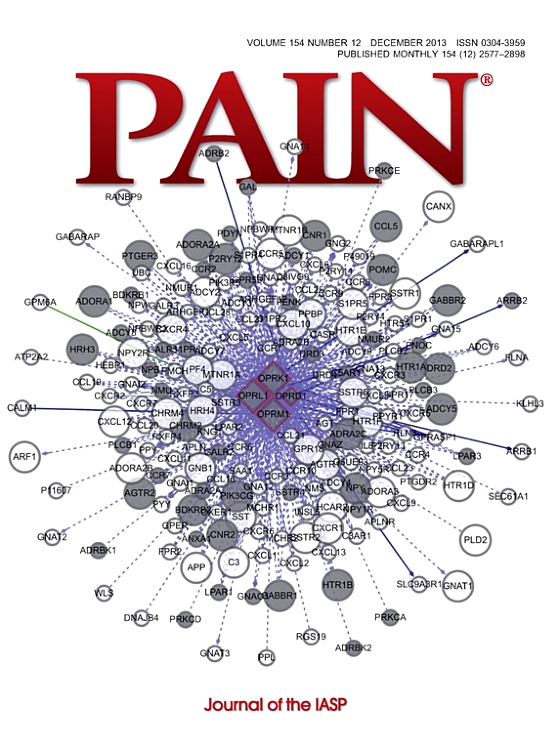重新思考疼痛的时间动态:从3个月到3小时?
IF 5.5
1区 医学
Q1 ANESTHESIOLOGY
引用次数: 0
摘要
一天中对疼痛的感知有节奏地变化。尽管早期的研究表明疼痛敏感性存在差异,但机制研究直到现在才确定生物钟基因和个体节律如何影响疼痛结果。核心时钟基因,包括Bmal1和Cry1,通过神经免疫相互作用调节疼痛,为了解个体差异提供了潜在的生物标志物。这种节律性为精确医学方法提供了一条有希望的途径,以确定疼痛治疗和个体分层的最佳时机。将日常节律模式与数字健康工具相结合,可以显著提高治疗策略,超越传统的“一刀切”方法,走向个性化的疼痛管理。本文章由计算机程序翻译,如有差异,请以英文原文为准。
Rethinking the temporal dynamics of pain: from 3 months to 3 hours?
The perception of pain varies rhythmically across the day. Although early studies showed variations in pain sensitivity, mechanistic studies are only now identifying how clock genes and individual rhythms affect pain outcomes. Core clock genes, including Bmal1 and Cry1, regulate pain through neuroimmune interactions, providing potential biomarkers to understand individual variability. This rhythmicity offers a promising avenue for a precision medicine approach to identify optimal timing for pain therapies and stratification of individuals. Integrating daily rhythmic patterns with digital health tools could significantly enhance treatment strategies, moving beyond the conventional "one-size-fits-all" approach toward personalized pain management.
求助全文
通过发布文献求助,成功后即可免费获取论文全文。
去求助
来源期刊

PAIN®
医学-临床神经学
CiteScore
12.50
自引率
8.10%
发文量
242
审稿时长
9 months
期刊介绍:
PAIN® is the official publication of the International Association for the Study of Pain and publishes original research on the nature,mechanisms and treatment of pain.PAIN® provides a forum for the dissemination of research in the basic and clinical sciences of multidisciplinary interest.
 求助内容:
求助内容: 应助结果提醒方式:
应助结果提醒方式:


